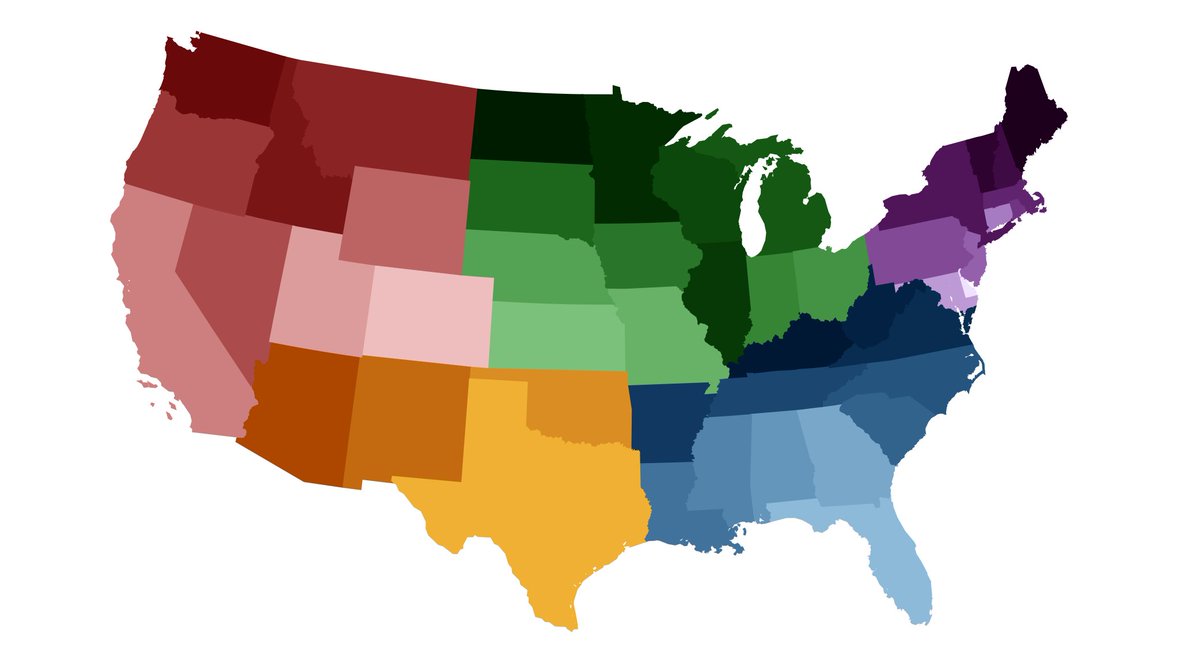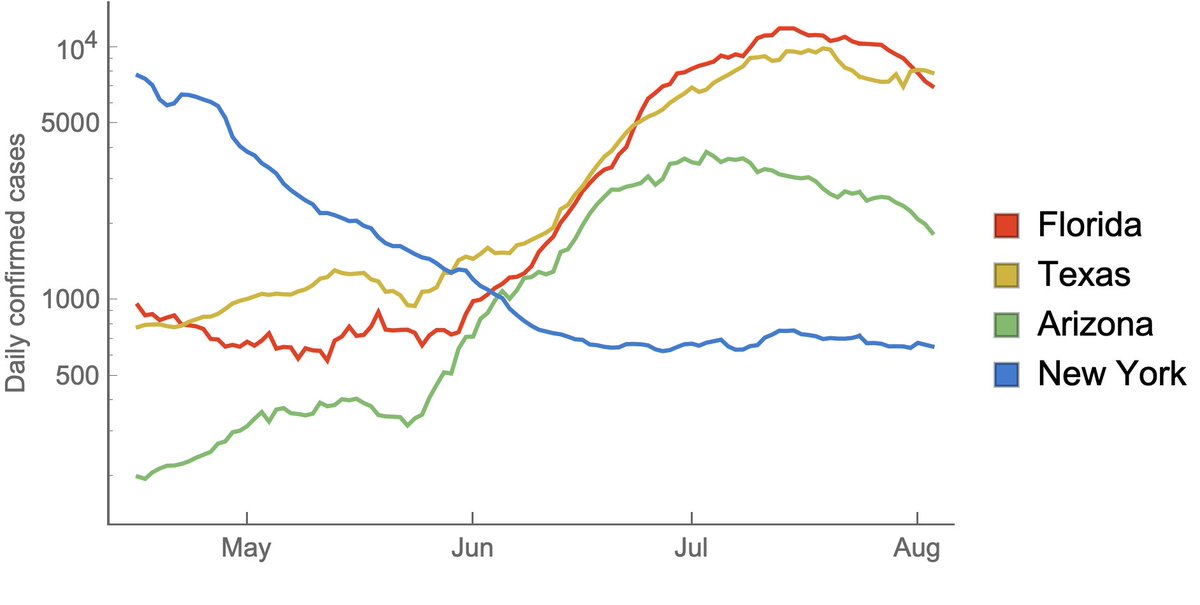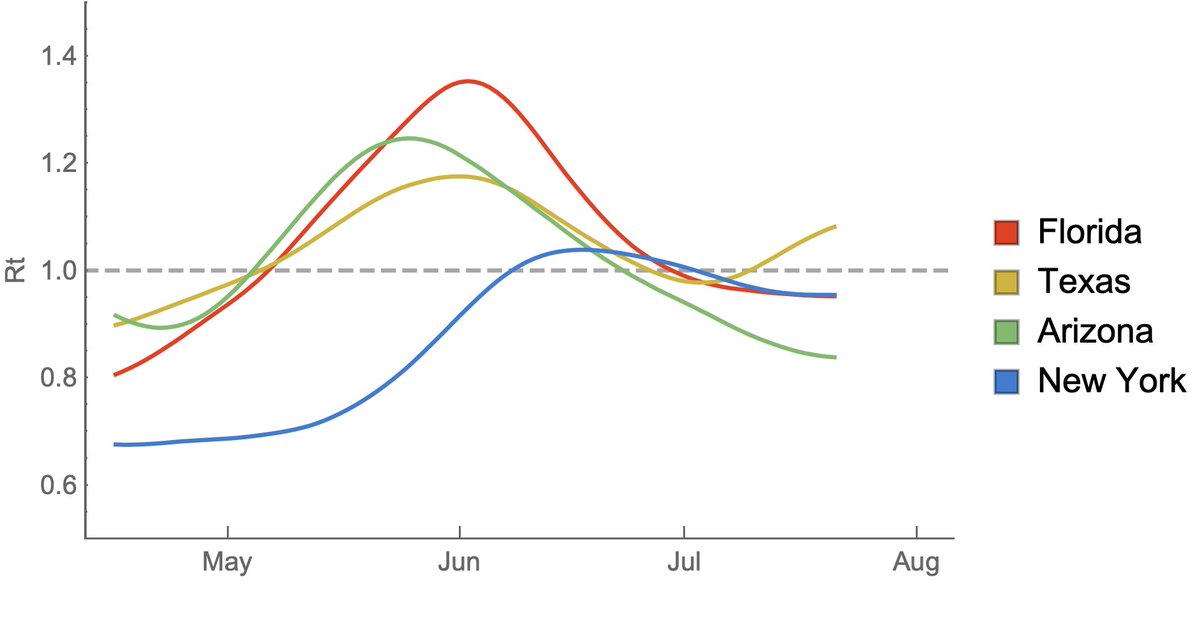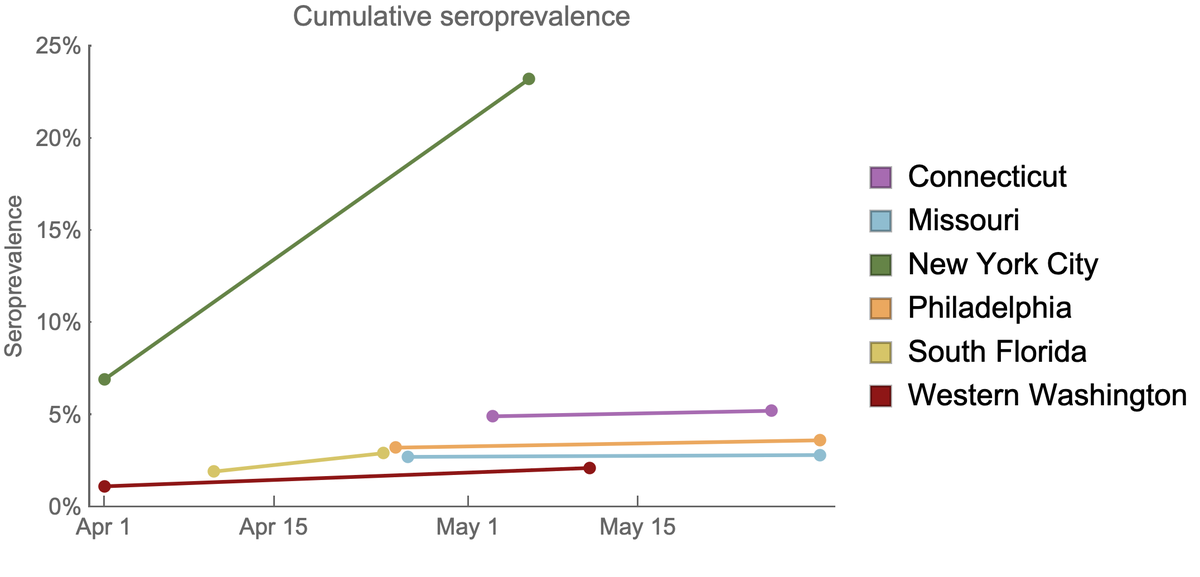
Our research group at @fredhutch, @UWMedicine and @BrotmanBaty has sequenced the viral genomes of two SARS-CoV-2 infections that were connected to the White House #COVID19 outbreak. The @nytimes reports here: nytimes.com/2020/11/01/sci…. 1/16
We enrolled two individuals with exposures linked to the White House COVID-19 outbreak into an IRB-approved research study, collected nasal swabs and sequenced the SARS-CoV-2 virus in these swabs. 2/16
Importantly, these two individuals attested that they had no direct contact with each other in the days preceding their diagnoses and are independently linked to the White House COVID-19 outbreak. 3/16
One infection, which we're calling WH1, yielded a complete genome with 14 mutations that distinguish it from the SARS-CoV-2 Wuhan reference virus. The other infection, WH2, yielded a partial genome. 4/16
The subset of sites with coverage in WH2 all agree with calls in WH1. The mutation 7936T in particular supports a match. It's present in only 0.04% of sequenced viruses. And all 5 mutations are only present together only in WH1 and WH2 out of 160,291 public viral sequences. 5/16
Together WH1 and WH2 belong to clade 20C and lineage B.1.26, which place them squarely within the genetic diversity of viruses circulating as part of the US epidemic. 6/16 

We find that WH1 and WH2 are descended from viruses circulating primarily in the USA in March and April 2020 with the addition of mutations A1977G, G7936T, G14250T, T18417C, C19524T and C20402T. 7/16 

The C20402T mutation is shared by 3 viruses sampled from Virginia in August ("USA/VA-DCLS-" in the above), but this lineage has 6 mutations unique to it and a molecular clock analysis places the common ancestor of this lineage and the WH lineage in April or early May. 8/16
Thus, it appears that the transmission chain leading to the White House cluster has circulated in the US for 5 or 6 months collecting an additional 5 mutations that have not been recorded in other sequenced samples. 9/16
The finding of a lineage this diverged from other sequenced viruses is rare, but not too surprising. If we look at all sequenced viruses from the US collected after August 1, we see that 5% of them are 5 or more mutations distant from other sequenced viruses. 10/16 

The reason these sorts of divergent lineages exist is because although the US has sequenced and shared over 35,000 SARS-CoV-2 genomes (a remarkable achievement!), this is still less than 0.4% of the confirmed COVID-19 cases in the US. 11/16
Still, it's possible that backfill of additional sequences from viruses sampled in August or September will reveal more closely related antecedents to WH1 and WH2. 12/16
And looking forward, the relative rarity of the constellation of mutations in the WH lineage may make it possible to identify infections that possibly descend from the White House COVID-19 outbreak. 13/16
There is precedent for this in a superspreading event at the Biogen conference in Boston in February, where conference-associated mutations were later found in community cases of COVID-19 in Massachusetts (medrxiv.org/content/10.110…). 14/16
We've submitted the manuscript to medRxiv, but in the interim the (non-peer reviewed!) technical report is available as a PDF at bedford.io/pdfs/papers/be…. 15/16
Sincere thanks to co-authors of this work @JShendure, @HelenChuMD, @lea_starita, @LockwoodDNA, @debnick60, @mjonasrieder, @RykeErica and others not on Twitter. 16/16
Follow up #1: The @medrxivpreprint preprint is now up at medrxiv.org/content/10.110….
Follow up #2: We've had another pass at sequencing WH2. This time we got a complete genome with 5574X coverage. We find that WH1 and WH2 are completely identical across the full genome. This does not change any conclusions from the manuscript, but increases certainty. 

• • •
Missing some Tweet in this thread? You can try to
force a refresh







